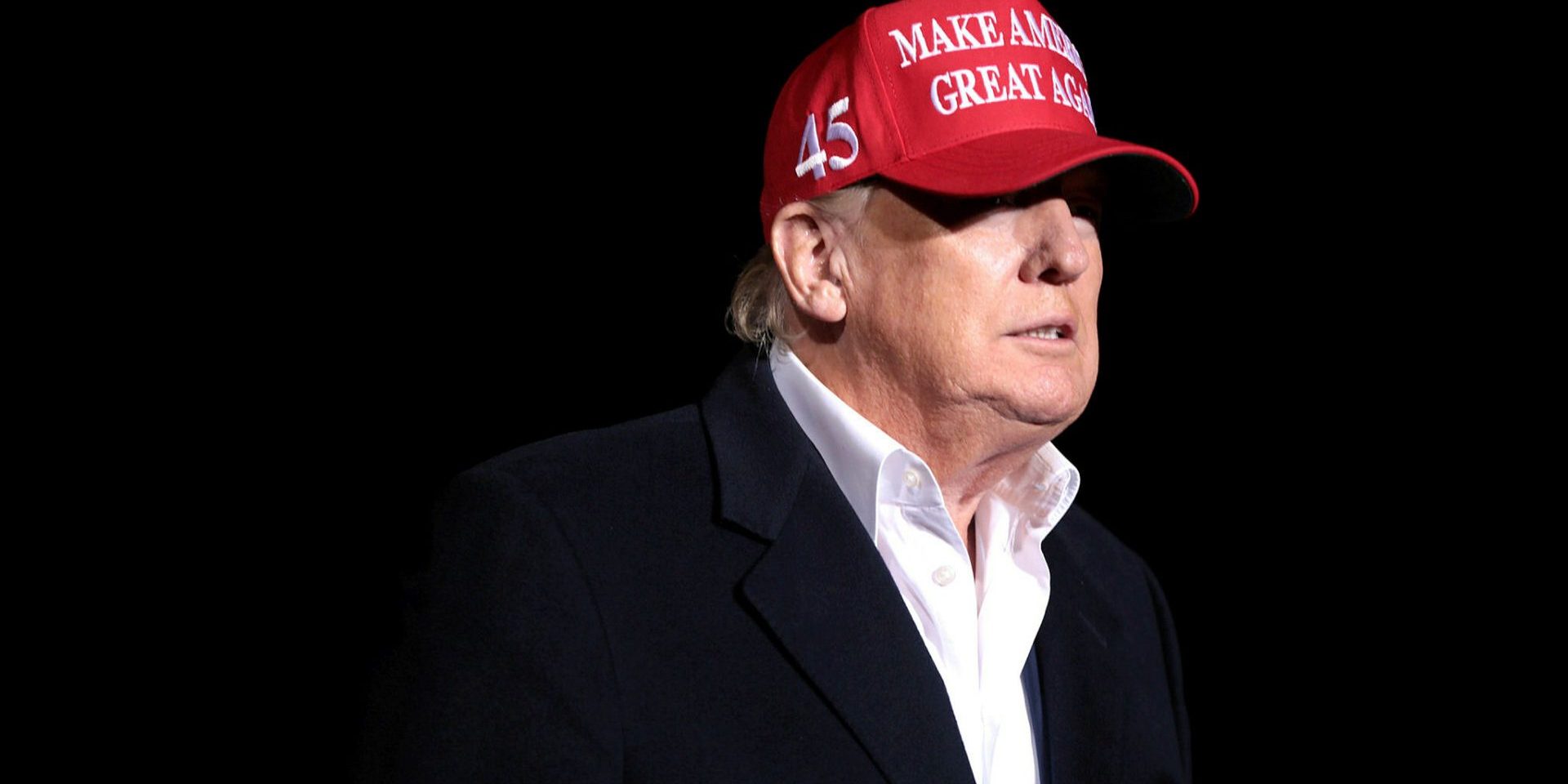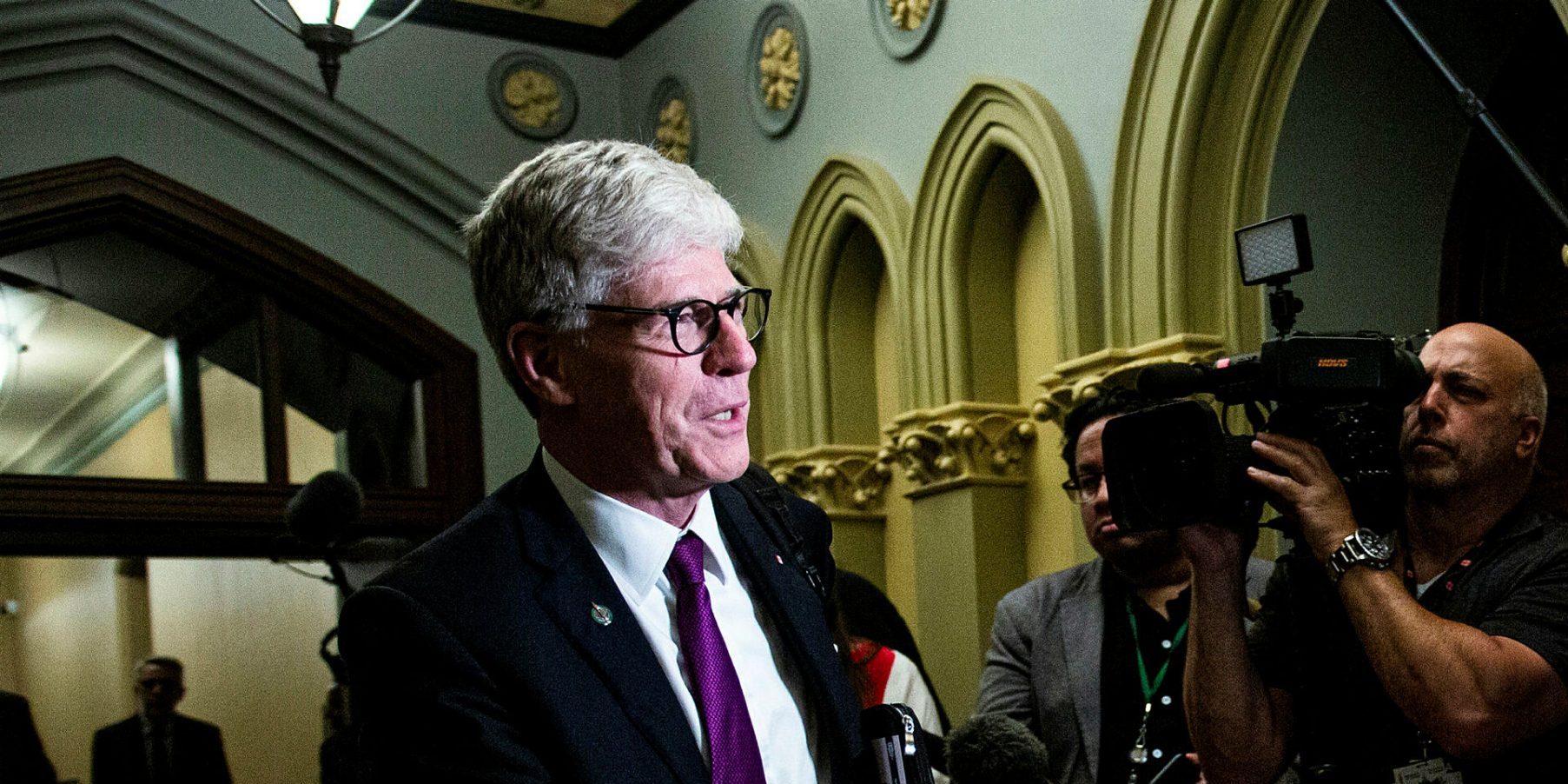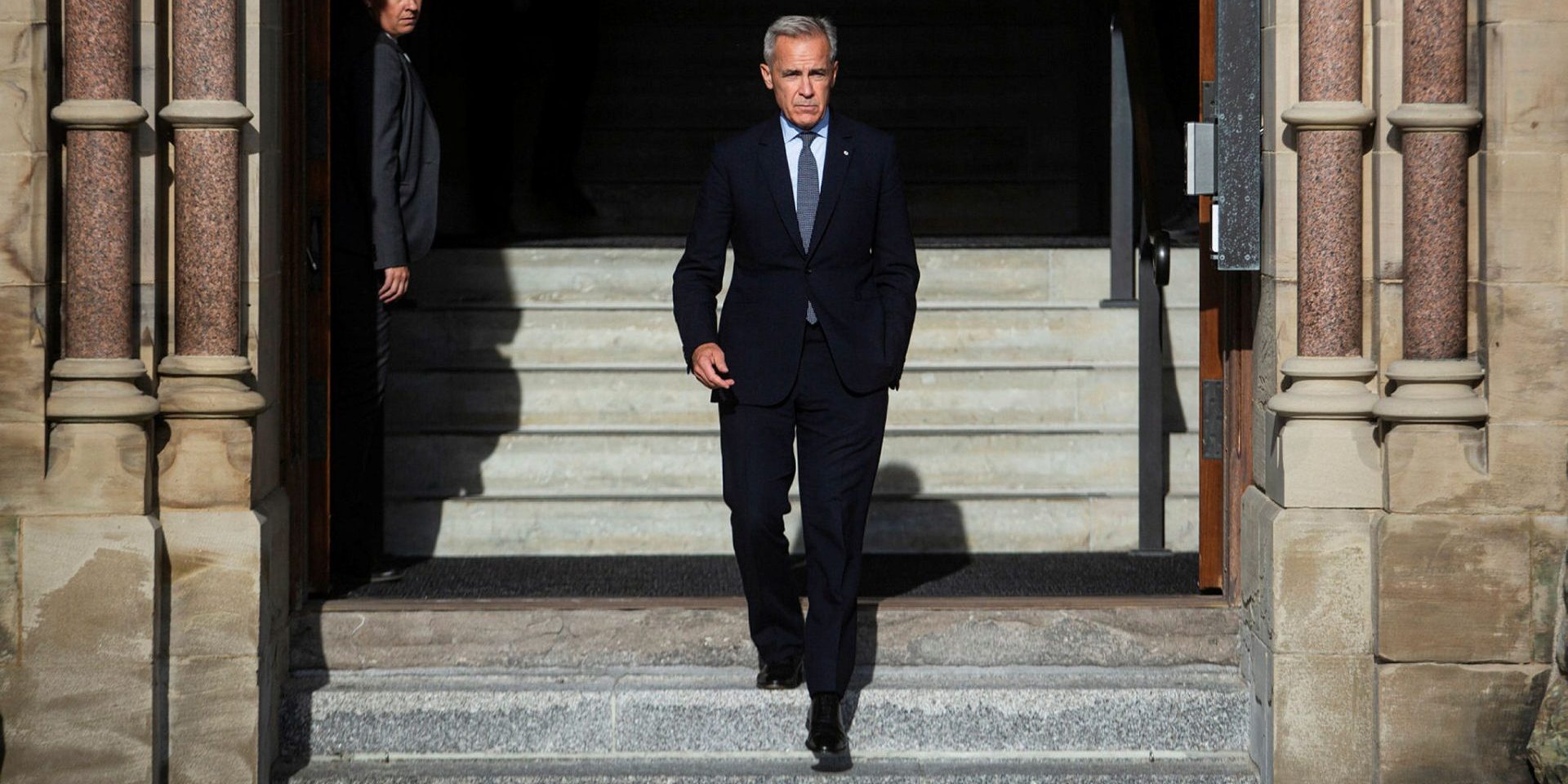Navigating the looming U.S. tariff storm

The trade relationship between Canada and the United States is under siege. Driven by U.S. President Donald Trump’s aggressive tariff policies and rising protectionism, this shift towards economic nationalism threatens Canada’s economic stability. Key sectors like automotive, oil, gas, and mining are at great risk of disruption. We must take decisive action—leveraging our economic ties and engaging in resilient negotiations—to protect this country’s future. Strategic action is essential; hesitation could be costly.
Trump’s proposed aggressive tariff policies signal a significant realignment of American economic priorities. Universal minimum tariffs and strategic decoupling from China are central to this vision. Proposed tariffs as high as 60 per cent on Chinese imports, and company-specific tariffs exceeding 200 per cent seek to discourage firms from maintaining overseas production while targeting the U.S. market. Closer to home, universal baseline tariffs of 10 to 20 per cent on all imports would significantly depart from conventional trade policy.
To characterize the prospect of U.S. tariffs on Canadian imports as a “major concern” would be an understatement.
The trade relationship between Canada and the U.S. is not just a partnership, it is the lifeblood of the Canadian economy. In 2023, trade accounted for two-thirds of this country’s GDP. A remarkable 77 per cent of Canada’s exports headed south of the border, amounting to $594.5-billion. On the other side, Canadian imports from the U.S. totalled $373.7-billion, representing half of all goods brought into the country. This symbiotic relationship translates into $3.6-billion worth of goods and services crossing the border every single day. Trade with the U.S. supports 3.3 million Canadian jobs—equivalent to one in every six workers.

The immediate impact of U.S. tariffs would be a costly recalibration of trade flows, forcing Canadian businesses into a lose-lose scenario: absorb the increased costs and slash profits, or pass them onto consumers through higher prices. This economic squeeze would be compounded by potential retaliatory measures from American trading partners, amplifying the pressure on businesses.
For Canada, the fallout could be immense. Economic growth—already vulnerable to commodity price fluctuations—would stall dramatically. Oxford Economics forecasts suggest a grim GDP contraction of 2.5 per cent by the end of 2026—down from a projected 2.2 per cent growth—pushing the economy perilously close to recession. Exports to the U.S. could drop by five per cent by early 2027, exacerbated by limited alternative markets and port inefficiencies.
The ripple effects wouldn’t stop there. Tariffs would likely weaken the Canadian dollar, with the exchange rate versus the American dollar climbing to a projected $1.55 in 2025. While this might offer a slight boost to exports, companies reliant on imports would face soaring costs, potentially leading to closures and job losses. Unemployment could spike up to eight per cent by 2026, leaving many Canadians grappling with economic uncertainty. Inflation, driven by retaliatory tariffs and rising import prices, could reach three per cent year over year.
But the past can be a key lesson for the future, as demonstrated by our response to U.S. trade actions in recent years. In 2018, after the U.S. imposed tariffs on Canadian steel, aluminum, and other goods, our government swiftly enacted retaliatory measures under the Customs Tariff, targeting American steel, aluminum, and various products.
Persistent negotiations eventually led to lifting these tariffs, underscoring the importance of dialogue and diplomacy in resolving trade disputes. However, the unpredictability of trade policy became evident again in 2020 when Trump reimposed a 10-per-cent tariff on our aluminum, accusing Canada of exploiting the U.S. Although the tariffs were enacted, further discussions led to their removal just 15 days later, retroactively reversing the policy and reaffirming the significance of maintaining open communication to address and resolve trade tensions.
In all these instances, we learn that resilience, quick response, and strategic negotiation are essential in navigating the volatile landscape of international trade. Past experiences serve as a reminder that, while economic pressures can often seem overwhelming, they can be transformed into opportunities for growth and collaboration, provided the right approach is taken.
As battle lines shift and global trade evolves, our country stands at a crossroads, facing the uncertainty of what Trump might do next. This unfolding dynamic underscores the need for Canada to prepare for any outcome.
American writer Thomas Friedman famously said, “Geopolitics is all about leverage.” With tariffs looming, Canada must assess its strategic leverage, whether through critical industries like energy, manufacturing, and mining, or its role in deeply integrated supply chains. The stakes are immense: billions of dollars in trade, millions of jobs, and the health of an interconnected economy hinge on the ability to respond decisively and strategically.
Dr. Lance Mortlock is the EY Canada managing partner, industrials and energy.
The Hill Times





 LICENSING
LICENSING PODCAST
PODCAST ALERTS
ALERTS


